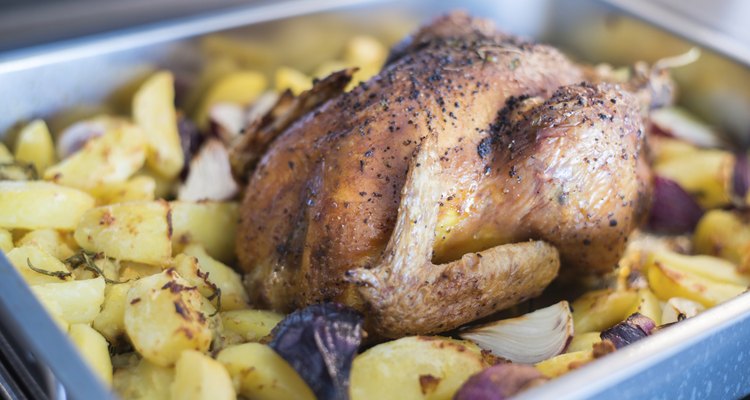
jaconelli/iStock/Getty Images
When preparing a healthy meal, your cooking method is just as important as your ingredients. While cooking with a conventional oven is generally a healthy way to prepare foods, you can still end up with a dish high in fat or calories. By understanding the types of foods you can cook in an oven as well as healthy preparation methods, you'll be able to dish up healthy meals from your conventional oven.
Conventional Oven vs. Other Cooking Methods
According to MayoClinic.com, each gram of fat you use in cooking adds 14 g of fat and around 100 calories. Deep- or pan-frying and sauteing require you to cook your food in excess oil, automatically upping the calorie and fat count of your meal. Baking or oven-roasting your food doesn't usually require adding additional fat. Many dishes that are typically deep fried, like french fries or chicken parmesan, require much less added oil when baked in an oven instead of fried.
Healthy Ingredients
Your cooking method is only as healthy as your ingredients. For oven cooking, try roasting poultry, fish, lean beef or pork, vegetables or fruits. Keep meats and poultry moist by adding low-fat broth, lemon juice, wine or tomato juice to the pan. Choose whole grain recipes for baked goods, and substitute mashed banana or applesauce for butter in baking recipes to retain moisture without adding fat.
Foods To Avoid
Using a conventional oven doesn't require added fat, but many popular baked dishes are high in calories and fat. When planning your healthy meal, be wary of casseroles filled with creamy soups, cheese, eggs, white rice or egg noodles. Substitute low-fat soups, egg whites, brown rice or whole wheat noodles, and skip the cheese if you want to cut down on fat and calories. Avoid baked goods and desserts that are full of sugar, butter and oil.
Cooking Tips
When baking or roasting meats, poultry or fish in the conventional oven, place the food on a rack or broiling pan to allow any fat to drip down. Remove any visible fat and skin before cooking. If you do use oil, choose one low in trans or saturated fat, such as olive or canola oil. Season with fresh herbs, juices or wine to cut down on salt and fat while adding flavor.
Related Articles
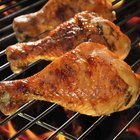
Healthy Way to Cook Chicken Thighs

How to Use Oil in a Nonstick Pan

How to Cook in an Electric Frying Pan

Can You Cook With Cream Cheese Instead ...
How to Cook in a Gas Stove or Oven

How to Cook With Stainless-Steel Frying ...

How to Braise an Eye of Round

How to Clean an Oven Liner

How to Convert a Pan Cake to a Bundt ...

How to Flash-Fry Fish

How to Prepare Food With an Electric ...

How to Bake Fresh String Beans in the ...

Healthy 3 Course Meals
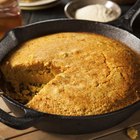
How to Make Southern Fried Cornbread
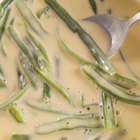
How to Fry Using Wet Batter

The Positive Effects of Using a ...
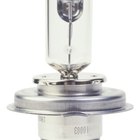
How to Cook With a Halogen Oven

How to Smoke Food With Cedar Chips
How to Cook Grouper in the Oven

How to Make a Water Bath for Baking
References
Writer Bio
Lydia Stephens began writing professionally in 2009. She has written online for Nile Guides, SheKnows.com and various other websites and has been published in "Stringing Magazine" and "Xiamen Wave." Stephens played competitive soccer for 19 years, has been weight lifting since 2007 and enjoys running, biking and sailing. She has a Bachelor of Arts in philosophy from the University of Texas.
Photo Credits
jaconelli/iStock/Getty Images